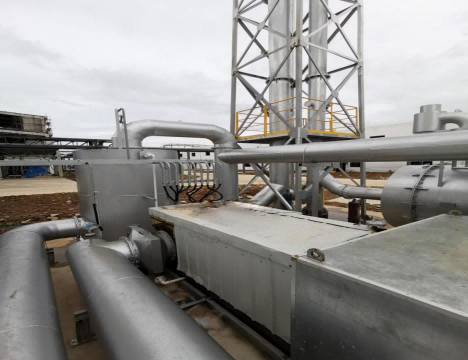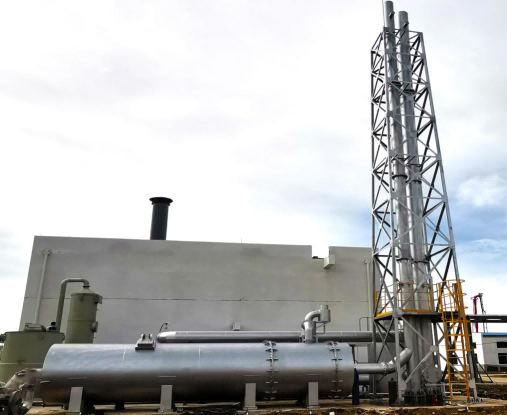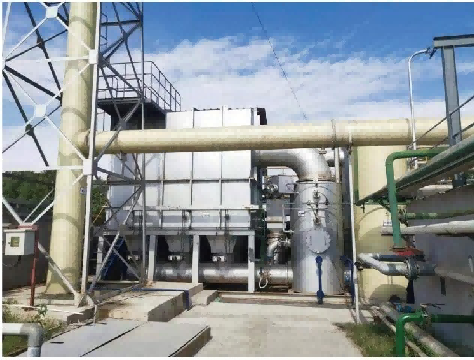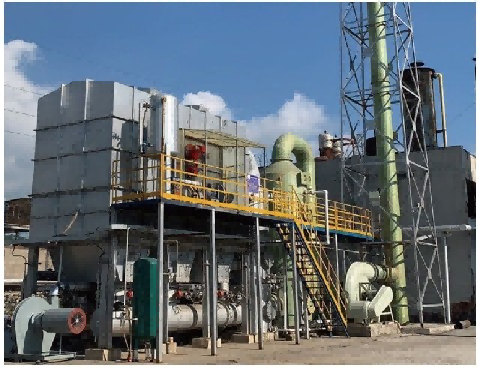Product Center
-
Biotechnology Series Products
-
Wastewater Physicochemical Technology Series Produ
-
Waste Gas Treatment Products
-
Solid Waste Treatment Products
Waste Gas Treatment Products
-
Catalytic oxidizing incinerator
The organic waste gas is transported by a fan and heated to around 250-300 ℃ through a heat exchanger. At this temperature, the organic components in the exhaust gas are oxidized and decomposed into carbon dioxide and water under the action of a catalyst. The high-temperature flue gas after the reaction enters the waste heat boiler or other heat exchange equipment to recover the heat of the flue gas. The flue gas then enters the heat exchanger to preheat the exhaust gas, and finally the flue gas is discharged through the chimney. -
Thermal oxidizer
Organic waste gas is a type of toxic and harmful gas generated in the production process of industries such as petroleum, chemical, printing and dyeing, plastics, pharmaceuticals, and coatings. These gases often contain hydrocarbons, oxygen-containing organic compounds, nitrogen, sulfur, halogens, and phosphorus containing organic compounds. The traditional methods for purifying organic waste gas include adsorption and condensation. However, these methods often result in incomplete purification and secondary pollution, resulting in substandard environmental emissions -
Waste gas condense device+RTO
With the development of industry and the growth of urban population, people are emitting more and more pollutants in their production and daily life, and the impact of organic waste gas pollutants on the environment and people's health is particularly serious. At present, the treatment of organic gas at home and abroad usually adopts direct or thermal storage oxidation methods. In theory, various organic substances can be completely oxidized to CO2, H2O, and other harmless substances at high temperatures (800 ℃ or above). However, due to the low content of organic components in the polluted gas and the large air volume, using the above two treatment methods will consume a lot of energy and incur high operating costs, making it difficult for enterprises to bear. Therefore, the treatment of high air volume and low concentration organic waste gas requires concentration followed by high-temperature oxidation or thermal storage oxidation treatment. -
Regenerative thermal oxidizer
The exhaust gas is sucked by the fan into the heat storage chamber, where it exchanges heat with the heat storage ceramic. The exhaust gas is preheated to around 750 ℃ and then enters the thermal oxidation chamber for full oxidation and decomposition. Under the action of combustion supporting fuel, the temperature of the thermal oxidation chamber reaches above 800 ℃, and the organic components in the exhaust gas are completely oxidized and decomposed. The flue gas generated in the thermal oxidation chamber enters the heat release chamber for heat release, and the temperature drops to around 70 ℃. The flue gas then enters the spray washing tower for spray washing, Finally, the smoke is discharged into the atmosphere through the chimney.





